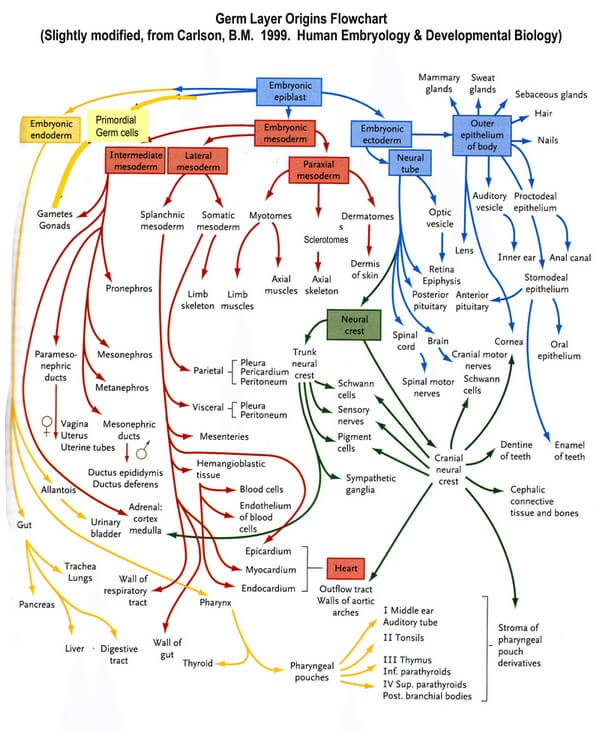The Golden Ratio
In the beginning, there was dark.
God said let there be light. And dark begat light. This spark, more fundamental than any supposed random fluctuation between quantum light and dark, was the First Cause that necessarily began the universe.
Light begat light and dark. Dark again begat light. Light begat Light and Dark. The successive pattern I am showing you is this:
- Dark
- Begat Light
- Begat Light and Dark
This pattern continued until the universe was made. Eventually, life became, as an expression of this pattern of the universe.
What does all this mean? This sequence is known to you as a string rewriting system. The particular one described above generates the Fibonacci sequence, whose ratios of successive sequence members converge to the golden ratio, phi. You can explore this light-dark substitution system for yourself in WolframAlpha:
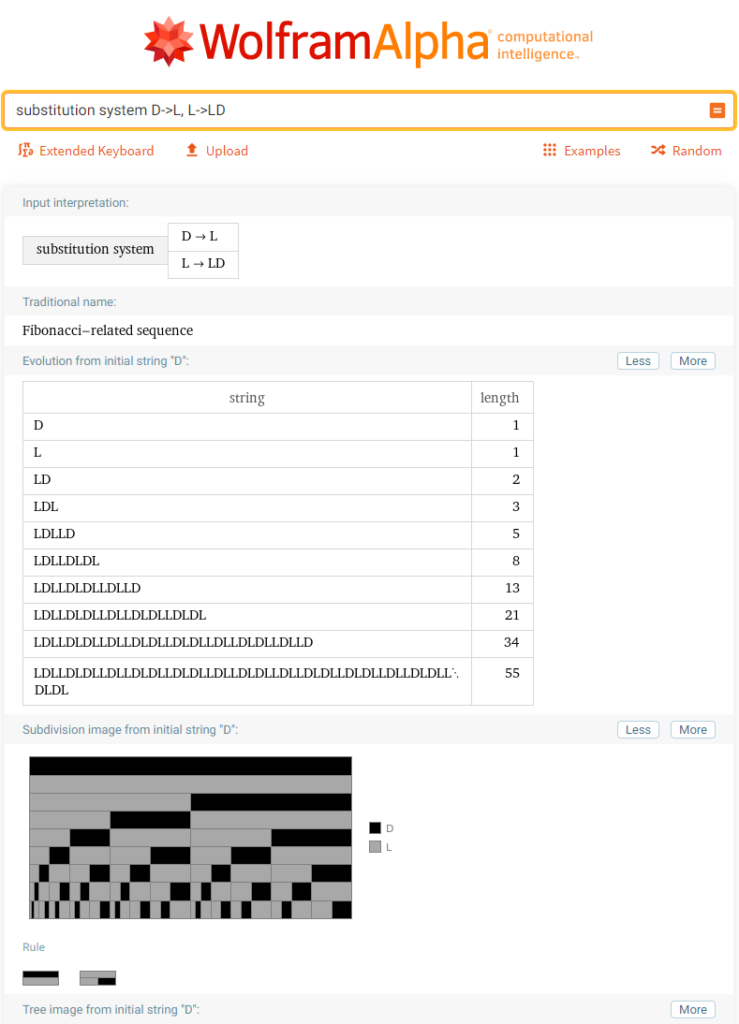
By modifying the parameters of these l-systems (named after biologist Aristid Lindemayer, who discovered them after contemplating how plants grow), we can recreate the growth patterns of plants and trees:
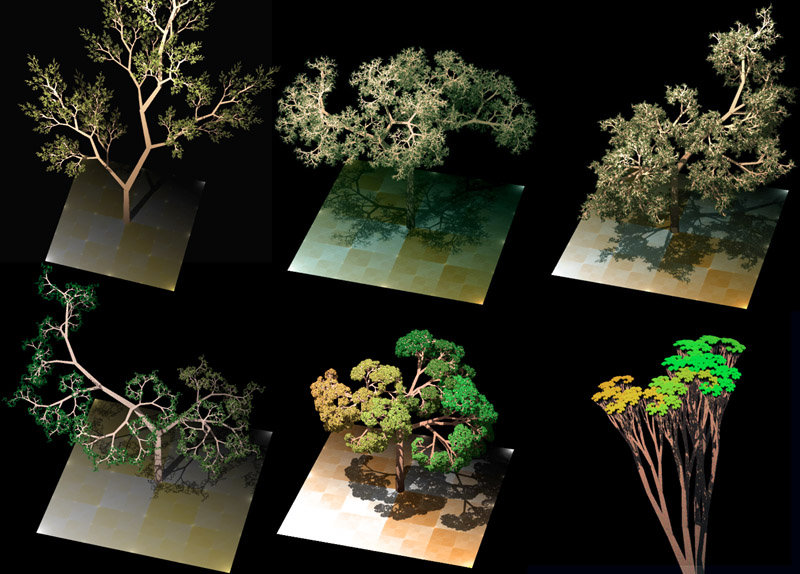
Nature prefers the golden ratio form
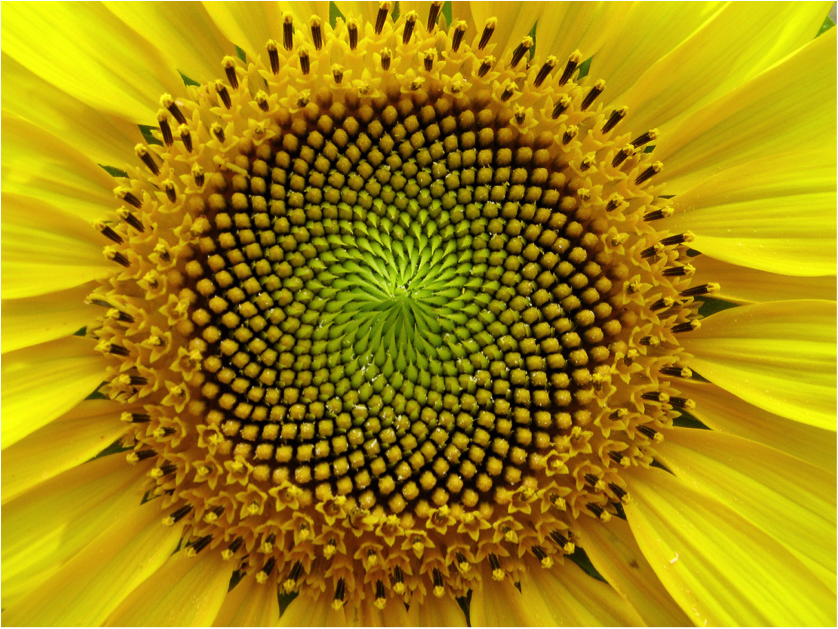
Why is this? Twisting growth optimizes sunlight capture and reduces collision of leaves. In signal processing, separating frequency channels by a the golden proportion ensures minimal signal overlap, a mathematical optimal exploited by brain waves to minimize frequency coupling and crosstalk. There are many fascinating facets of the golden ratio that Life takes advantage of.
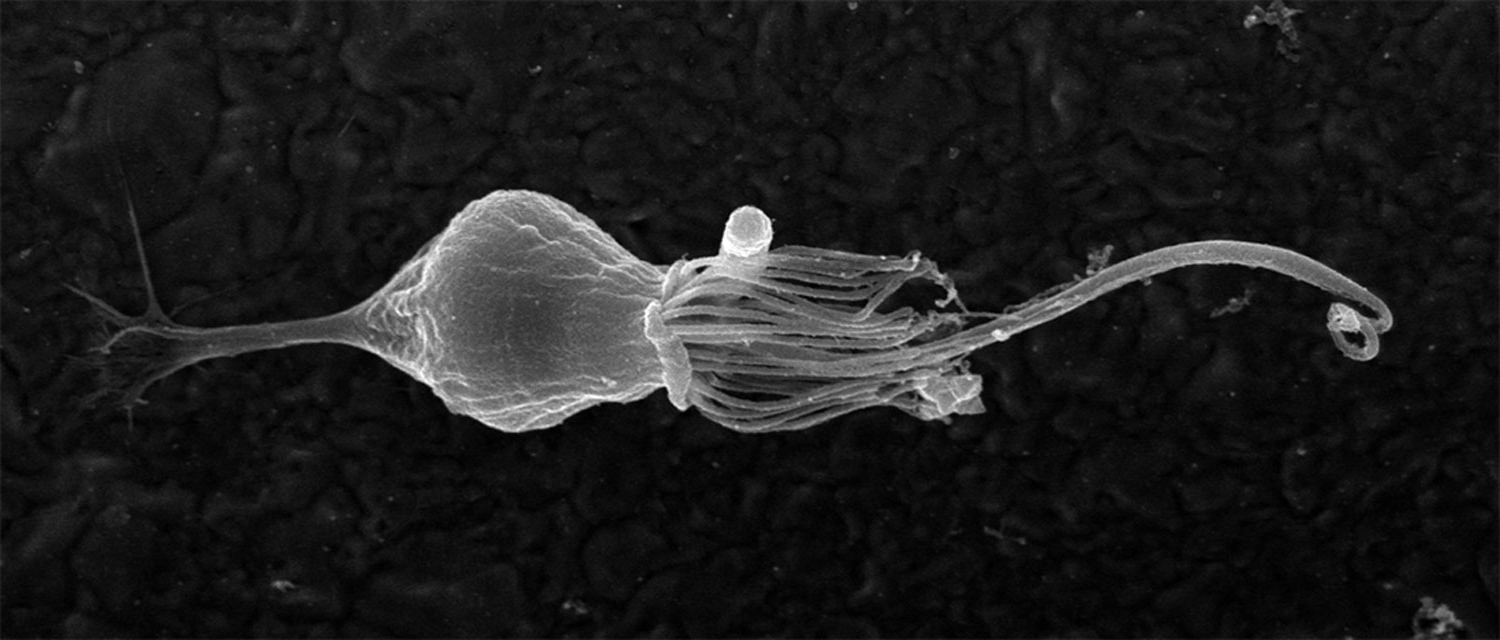
Small single-celled organisms called choanoflagellates lived in the ocean more than 600 million years ago, and still live on today. They have a single flagellum, that pushes them along like a sperm cell. They have a mouth that ingests food particles for digestion inside the cell.
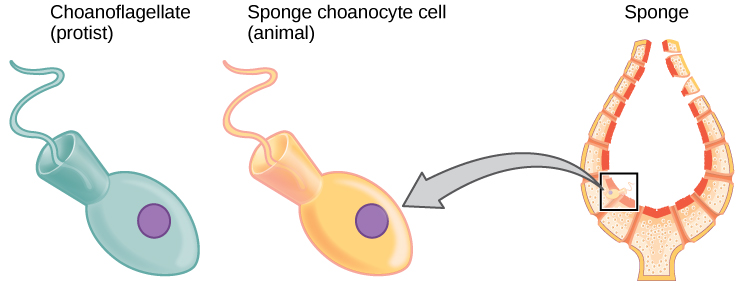
Choanoflagellates began to form colonial organisms, the first of which is thought to be the sponge. Sponges are simple animals with three layers.
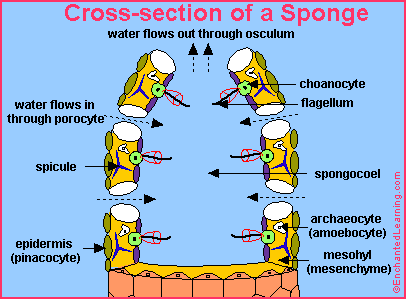
The sponge inner choanocytes wave their flagella to form a current through the sponge, and digest nutrients that flow in.
The middle layer is populated by amoebocytes that travel through a liquid mesenchyme. These manage the structure and immune functions of the sponge.
The outer epidermal cells form the exterior, insulating the sponge from and sensing the external environment.
Scientists named these endoderm, mesoderm, and ectoderm, respectively.
Three thousand years ago, Ayurvedic medicine in India named these layers Pitta (endoderm), Kapha (mesoderm), and Vata (ectoderm).
